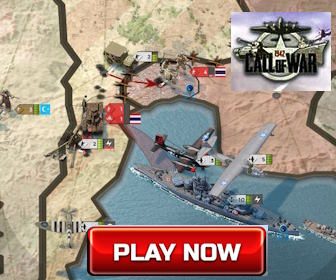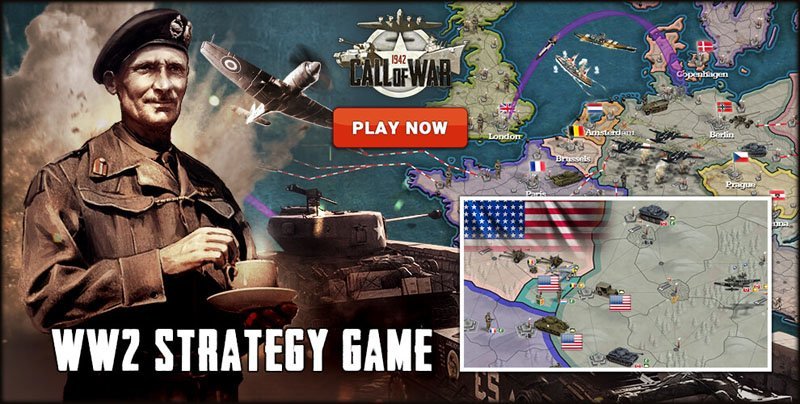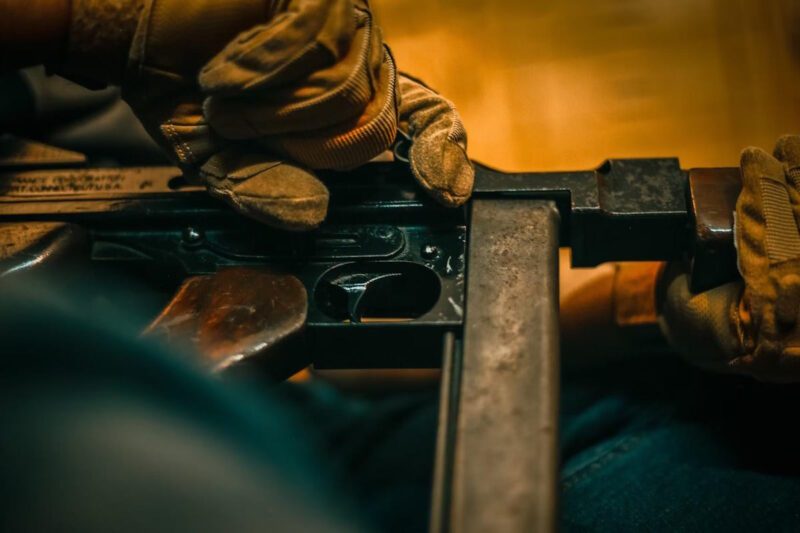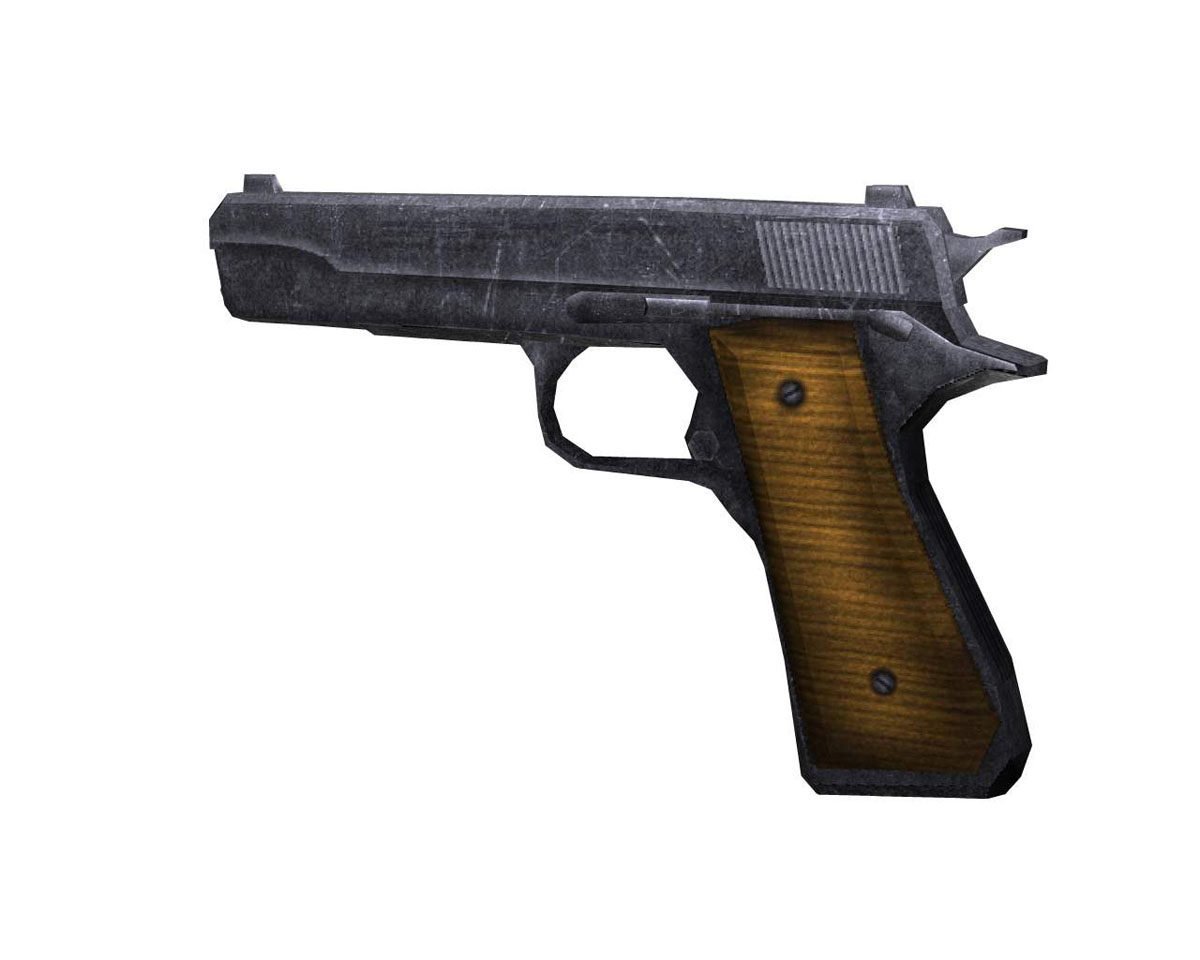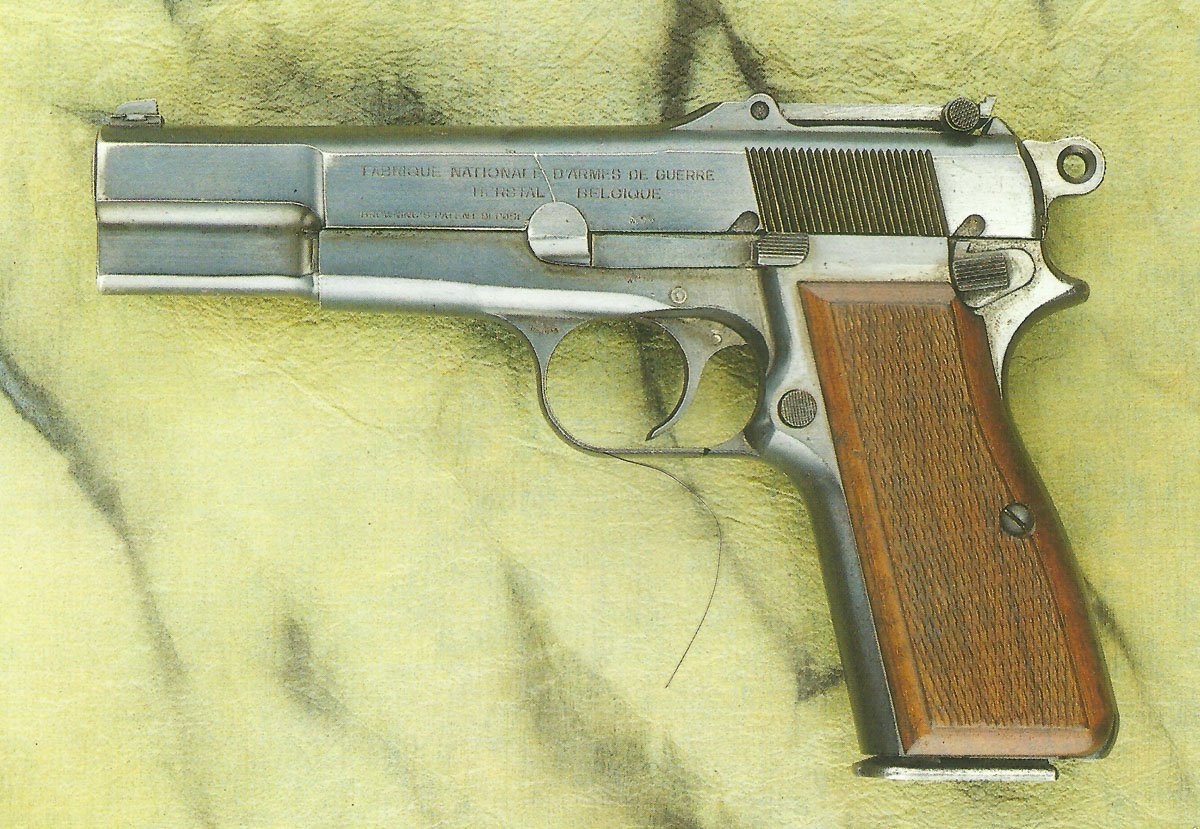Shotguns in WWII Close-Combat Firepower.
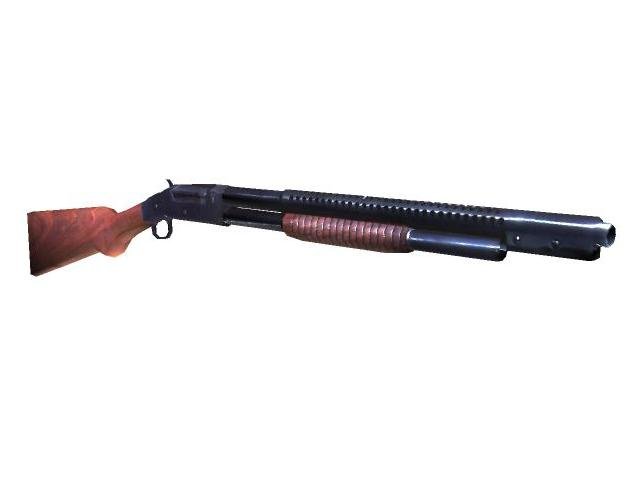
While rifles and machine guns dominated the battlefields of World War II, shotguns played a crucial but often overlooked role in close-quarters combat. These devastating weapons provided unmatched stopping power in situations where precision mattered less than raw, immediate firepower. At ICB Firearms, we recognize the historical significance of these combat-proven platforms that continue to influence modern tactical applications.
The shotgun’s reputation as a fearsome close-combat weapon was well-established by WWII, but the global conflict would test these firearms in environments and situations never before encountered. From the dense jungles of the Pacific to the rubble-strewn streets of European cities, shotguns proved their worth time and again.
The Need for Close-Combat Firepower
Table of Contents
Traditional military doctrine favored rifles for their range and accuracy, but WWII’s unique combat scenarios demanded different solutions. Urban warfare, jungle fighting, and trench clearing required weapons that could deliver massive stopping power at ranges under 50 yards. Shotguns filled this tactical gap perfectly.
The psychological impact of shotguns was equally important. The distinctive sound and devastating effect of a shotgun blast could break enemy morale and clear rooms faster than any rifle. This combination of practical effectiveness and psychological warfare made shotguns invaluable tools for specialized units.
Shotguns in the European Theater
Trench and Urban Combat Use
European combat presented unique challenges that highlighted the shotgun’s versatility. In the confined spaces of bombed buildings and defensive positions, the wide spread pattern of shotgun pellets proved superior to rifle fire. Allied forces used shotguns extensively during house-to-house fighting in Italian cities and French towns.
The weapon’s effectiveness in trench warfare was particularly notable. During operations where soldiers had to clear German defensive positions, pump-action shotguns provided the rapid follow-up shots necessary for close-quarters engagements. The Winchester Model 12 and Remington Model 31 became favorites among assault troops for their reliability and firepower.
Standard Models and Modifications
Several shotgun platforms saw extensive service in the European theater:
- Winchester Model 12 – The most widely used pump-action, valued for its smooth operation and durability
- Remington Model 31 – Offered similar performance with slightly different ergonomics
- Stevens Model 520/620 – Provided a more economical alternative without sacrificing effectiveness
- Modified sporting guns – Many single-shot shotguns were pressed into military service
Field modifications were common, including shortened barrels for easier maneuvering in tight spaces and the addition of bayonet lugs for hand-to-hand combat situations. These adaptations demonstrated the weapon’s flexibility and the ingenuity of combat soldiers.
Shotguns in the Pacific Theater
Jungle Warfare and Island Assaults
The Pacific Theater presented even more demanding conditions for shotgun use. Dense jungle environments with limited visibility ranges made the shotgun’s spread pattern particularly valuable. Marines and Army units discovered that shotguns could effectively engage multiple targets simultaneously, a crucial advantage when facing Japanese banzai charges or ambush tactics.
Island assault operations showcased the shotgun’s bunker-clearing capabilities. The weapon’s ability to deliver multiple projectiles through openings in fortified positions made it indispensable for reducing Japanese defensive positions. Lever-action shotguns also saw limited use in these operations, though pump-actions remained the preferred choice.
Ammunition and Reliability Challenges
Pacific combat revealed both strengths and weaknesses in shotgun design and ammunition. The humid, corrosive environment tested weapon reliability to the extreme. Soldiers had to maintain their shotguns meticulously to prevent rust and ensure reliable function.
Ammunition supply presented unique challenges:
- 00 Buckshot – Standard load for anti-personnel use, devastating at close range
- Birdshot – Sometimes used against aircraft or in desperate situations
- Slug rounds – Provided extended range capabilities when needed
- Special loads – Experimental ammunition including flechette rounds
The variety of available ammunition made shotguns incredibly versatile, though supply logistics sometimes limited tactical options.
Tactical Doctrine Differences
U.S. vs. Axis Approaches
American forces embraced shotguns as legitimate military weapons, integrating them into standard infantry tactics. This acceptance stemmed from the American hunting tradition and the weapon’s proven effectiveness in World War I. U.S. military doctrine recognized shotguns as specialized tools for specific combat situations.
Axis forces, particularly the Germans, had a different perspective. They considered shotguns somewhat barbaric and preferred submachine guns for close-quarters combat. This philosophical difference reflected broader cultural attitudes toward warfare and weapon selection. However, some German units did employ captured American shotguns when circumstances demanded.
Training and Soldier Adaptation
Effective shotgun employment required different skills than rifle marksmanship. Soldiers had to learn proper stance, swing techniques, and ammunition management. The weapon’s limited range meant users needed to close with the enemy, requiring considerable courage and tactical awareness.
Training programs emphasized:
- Point shooting techniques – Instinctive aiming for rapid target engagement
- Movement and positioning – Getting close enough to use the weapon effectively
- Ammunition conservation – Managing limited shell capacity
- Maintenance procedures – Keeping weapons functional in harsh conditions
Veterans often praised the shotgun’s stopping power while acknowledging the skill required to use it effectively in combat.
Legacy and Lessons Learned
Post-War Influence
WWII shotgun experiences directly influenced post-war military and law enforcement thinking. The combat-proven effectiveness of these weapons led to their continued development and adoption in specialized roles. Modern military units still employ shotguns for breaching, close-quarters battle, and specialized ammunition delivery.
The war demonstrated that different combat environments required different tools. This lesson influenced the development of more specialized shotgun designs, including improved bolt-action shotguns for precision applications and enhanced over-under shotguns for versatility.
Modern Close-Combat Parallels
Today’s military and law enforcement applications build directly on WWII lessons. Modern shotguns incorporate design improvements learned from combat experience, including better corrosion resistance, improved ergonomics, and enhanced reliability. The fundamental tactical principles established during WWII continue to guide contemporary shotgun employment.
Current applications include:
- Military breaching operations – Door and wall penetration
- Law enforcement entry teams – Building clearing and crowd control
- Specialized ammunition delivery – Less-lethal and precision rounds
- Personal defense – Home protection and security applications
The versatility that made shotguns valuable in WWII continues to make them relevant in modern scenarios.
Conclusion
Shotguns proved their worth as serious military weapons during World War II, providing unmatched close-combat firepower when soldiers needed it most. Their effectiveness in diverse environments, from European cities to Pacific jungles, demonstrated the value of specialized tools for specific tactical situations.
Understanding this history helps modern enthusiasts make informed decisions about shotgun selection, whether for sporting, defensive, or collecting purposes. The combat-proven principles that made shotguns effective in WWII remain valid today, testament to the enduring value of well-designed, purpose-built firearms.



